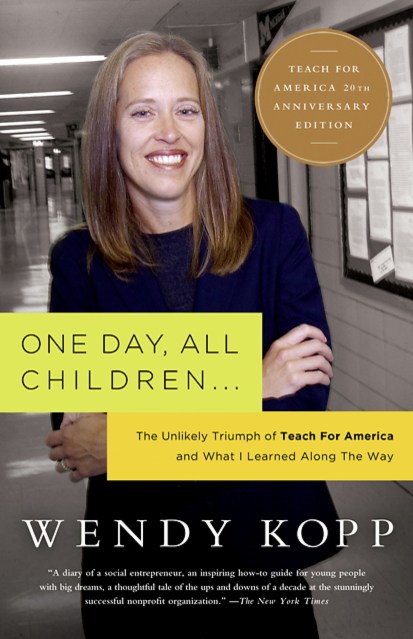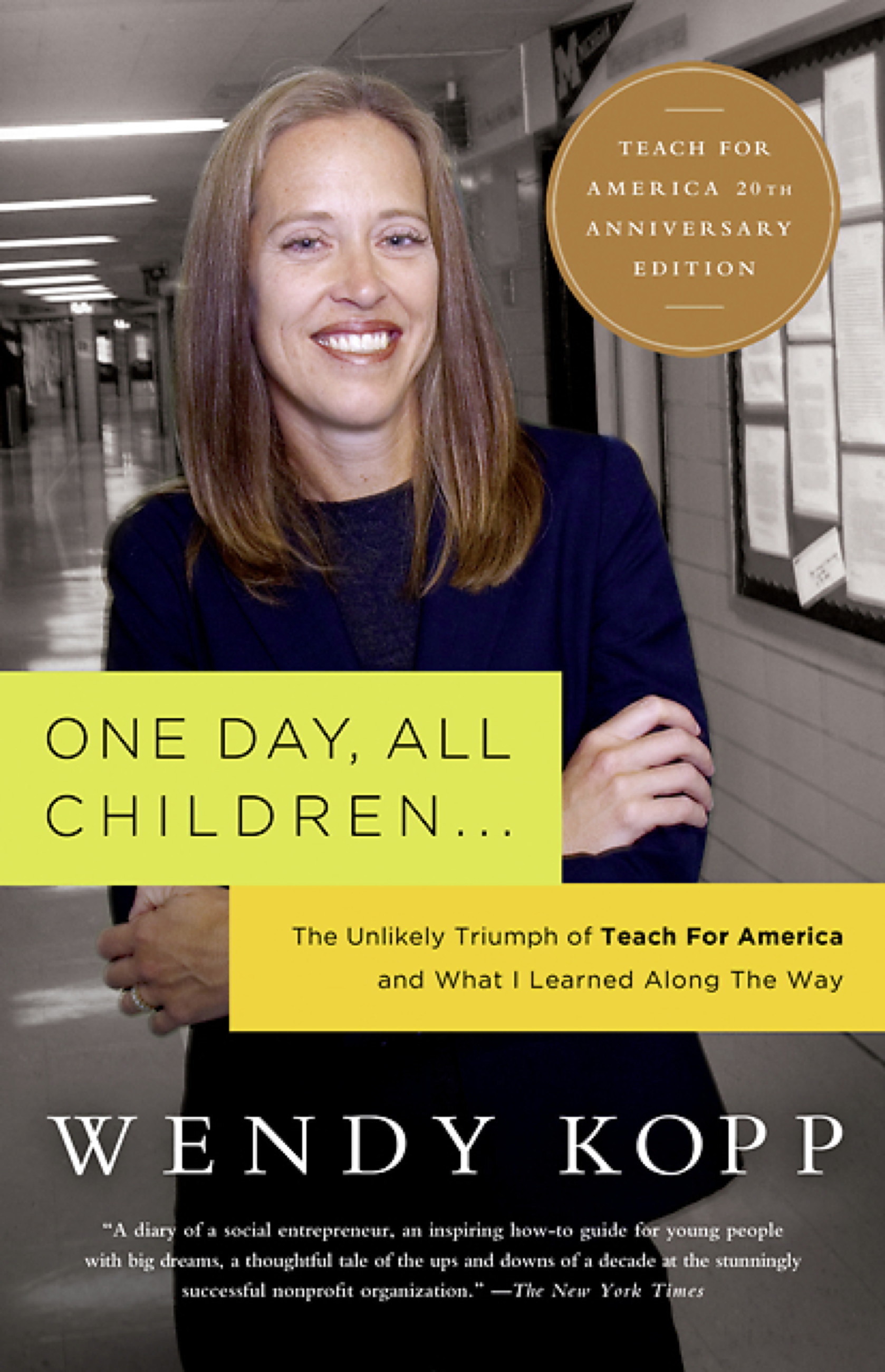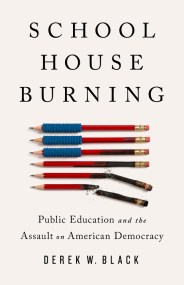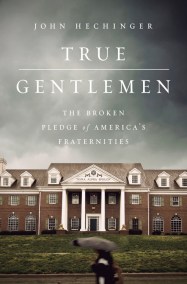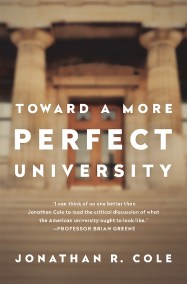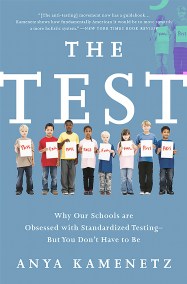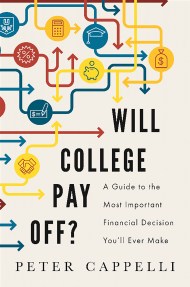Promotion
Use code MOM24 for 20% off site wide + free shipping over $45
One Day, All Children...
The Unlikely Triumph Of Teach For America And What I Learned Along The Way
Contributors
By Wendy Kopp
Formats and Prices
Price
$10.99Price
$13.99 CADFormat
Format:
- ebook $10.99 $13.99 CAD
- Trade Paperback $19.99 $25.99 CAD
This item is a preorder. Your payment method will be charged immediately, and the product is expected to ship on or around August 4, 2008. This date is subject to change due to shipping delays beyond our control.
Also available from:
From her dorm room at Princeton University, twenty-one-year-old college senior Wendy Kopp decided to launch a movement to improve public education in America. In One Day, All Children… , she shares the remarkable story of Teach For America, a non-profit organization that sends outstanding college graduates to teach for two years in the most under-resourced urban and rural public schools in America. The astonishing success of the program has proven it possible for children in low-income areas to attain the same level of academic achievement as children in more privileged areas and more privileged schools.
One Day, All Children… is not just a personal memoir. It’s a blueprint for the new civil rights movement–a movement that demands educational access and opportunity for all American children.
One Day, All Children… is not just a personal memoir. It’s a blueprint for the new civil rights movement–a movement that demands educational access and opportunity for all American children.
Genre:
- On Sale
- Aug 4, 2008
- Page Count
- 352 pages
- Publisher
- PublicAffairs
- ISBN-13
- 9780786724000
Newsletter Signup
By clicking ‘Sign Up,’ I acknowledge that I have read and agree to Hachette Book Group’s Privacy Policy and Terms of Use
